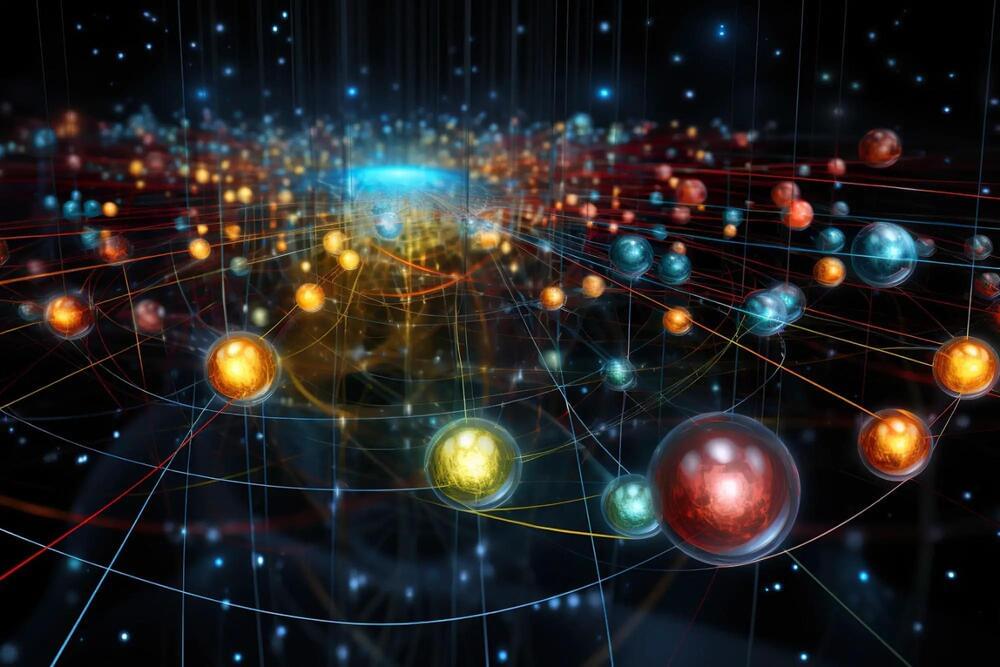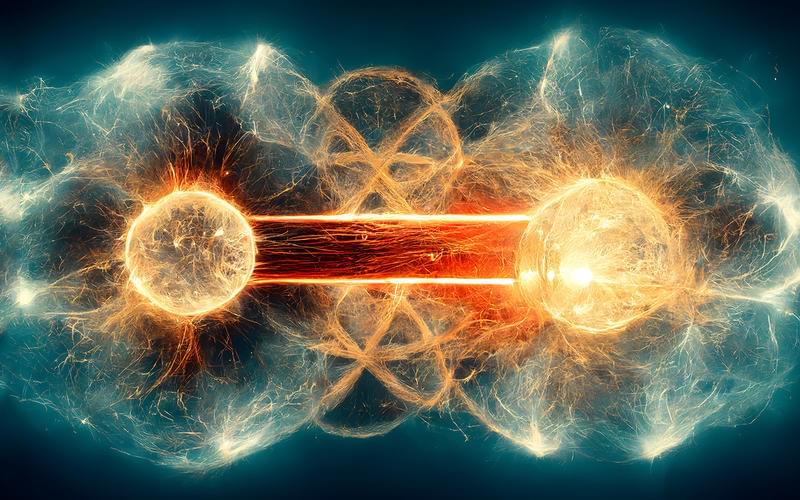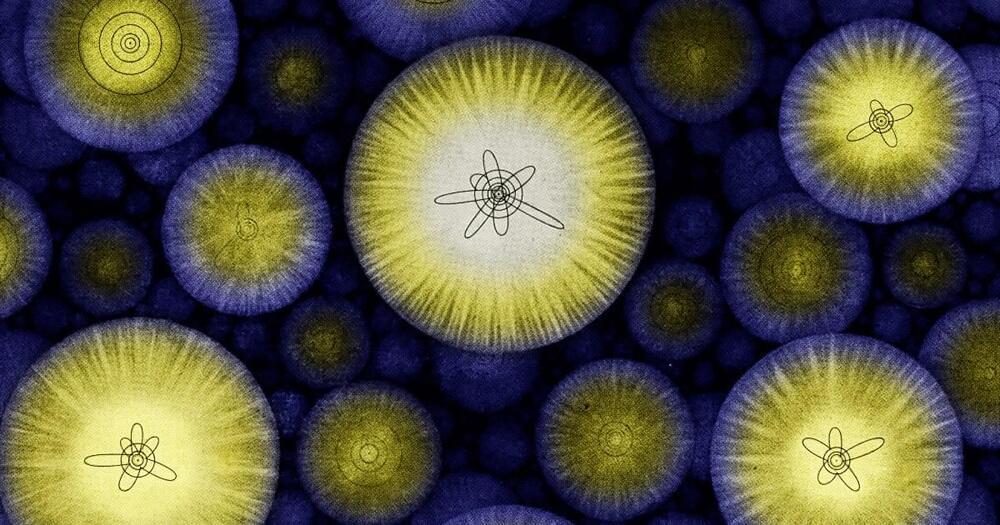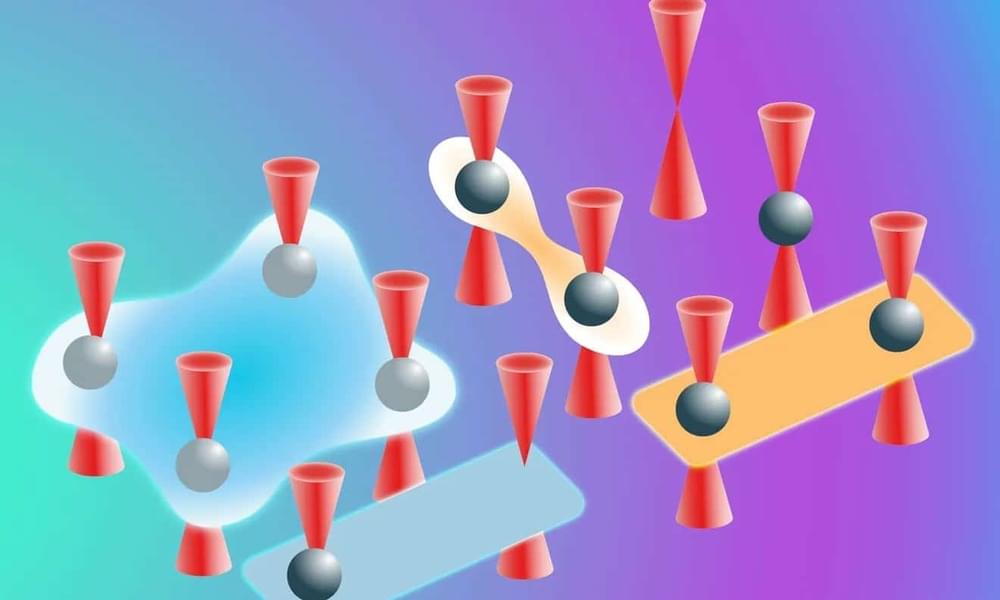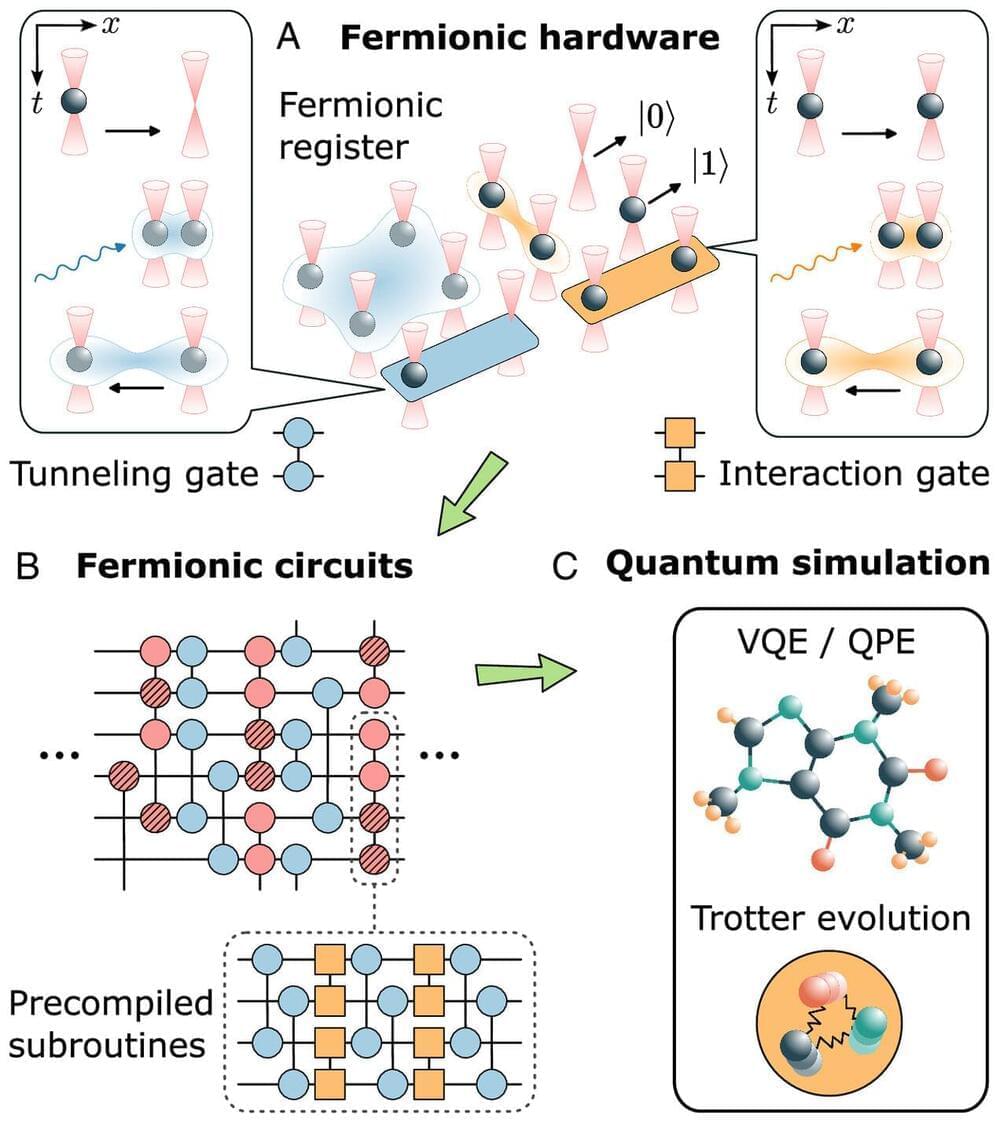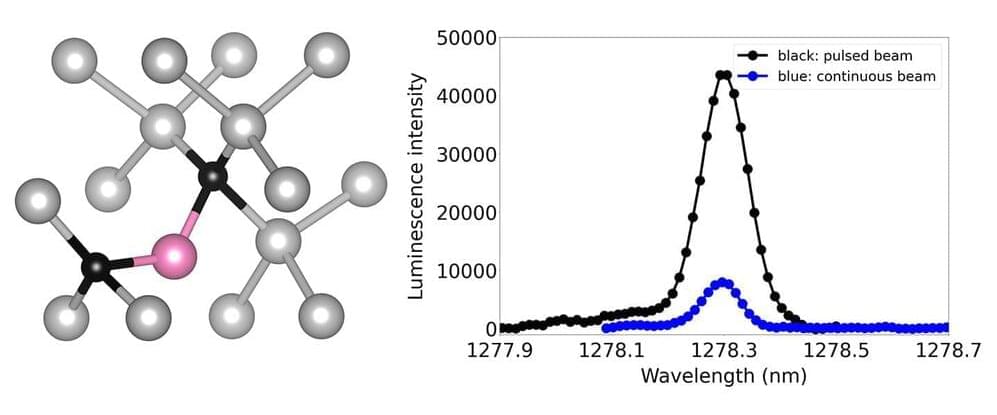Thank you to Squarespace for supporting PBS. Go to https://www.squarespace.com/pbs for a free trial, and when you are ready to launch, go to Squarespace.com/PBS to save 10% off your first purchase of a website or domain.
PBS Member Stations rely on viewers like you. To support your local station, go to: http://to.pbs.org/DonateSPACE
Sign Up on Patreon to get access to the Space Time Discord!
https://www.patreon.com/pbsspacetime.
The Fine Structure Constant is one the strangest numbers in all of physics. It’s the job of physicists to worry about numbers, but there’s one number that physicists have stressed about more than any other. That number is 0.00729735256 — approximately 1/137. This is the fine structure constant, and it appears everywhere in our equations of quantum physics, and we’re still trying to figure out why.
Check out the Space Time Merch Store.
https://www.pbsspacetime.com/shop.
Sign up for the mailing list to get episode notifications and hear special announcements!
